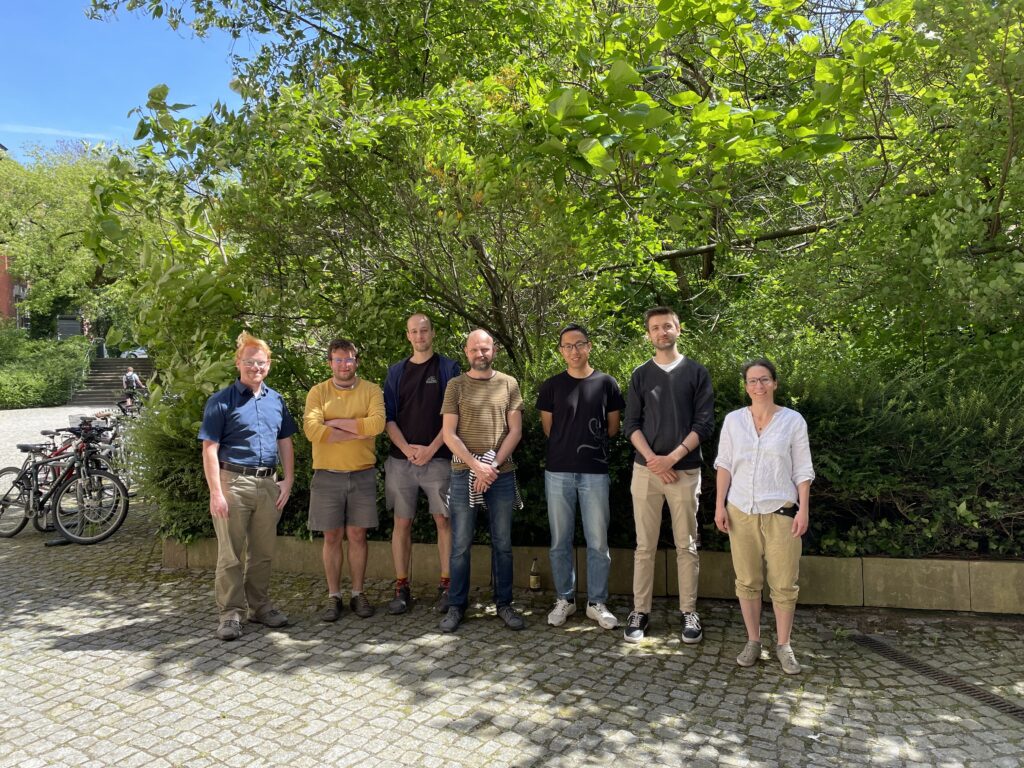In May 2024, Vojtech Bartak embarked on an insightful and productive visit to the Dresden University of Technology (TU Dresden). The week-long visit was aimed at fostering collaboration and innovation in the field of remote sensing and canopy height prediction. Bartak teamed up with Lucas Kugler, a promising young researcher, under the guidance of Professor Mathias Forkel, head of the lab at TU Dresden. The collaboration also received valuable input from Xiao Liu, a PhD student specializing in Global Ecosystem Dynamics Investigation (GEDI) data.
Objectives and Preparations
The primary objective of this visit was to develop a novel method for predicting canopy height with high resolution and accuracy. The team aimed to combine deep learning techniques with spatial interpolation methods, creating a robust predictive model. Bartak brought pre-processed data from a small test area in the Krkonoše National Park, which served as the foundation for their work.
Collaborative Workflow
The initial phase of the visit involved sharing and reviewing the data. Bartak and his colleagues meticulously examined the dataset, discussing the potential approaches and methodologies for analysis. This collaborative review set the stage for the subsequent distribution of tasks. Each team member focused on specific aspects of the analysis, while regular discussions ensured that their work remained aligned and integrated.
Bartak’s responsibilities included being physically present at the department, facilitating data sharing, and contributing to discussions on plans and results. The collaborative environment at TU Dresden allowed for a seamless exchange of ideas and expertise, enhancing the overall quality of their work.
Challenges and Adaptations
As the project progressed, the team encountered significant challenges. The high computational demands of training the neural network required overnight processing, and classical Kriging interpolation proved to be computationally infeasible at the desired spatial resolution. Additionally, technical difficulties in connecting Bartak to the high-performance computational center at TU Dresden added to the complexity of their work.
These hurdles, however, spurred the team to seek alternative solutions. Their determination and creativity led them to explore more computationally feasible techniques, ultimately resulting in the development of innovative approaches to their problem. This process of re-thinking and redesigning their methodologies not only addressed the immediate challenges but also enriched their overall research strategy.
Outcomes and Future Directions
The collaboration between Bartak, Kugler, and the TU Dresden team culminated in the formulation of alternative solutions that were both effective and efficient. Their efforts in overcoming computational and technical challenges highlighted the importance of adaptability and problem-solving in scientific research.
Looking ahead, the insights gained from this visit will undoubtedly contribute to further advancements in remote sensing and canopy height prediction. The collaborative spirit and shared expertise demonstrated during this visit set a strong foundation for future projects and potential breakthroughs in the field.
Vojtech Bartak’s visit to TU Dresden exemplifies the power of international collaboration in advancing scientific knowledge and innovation. Through their combined efforts, the team has made significant strides toward developing cutting-edge techniques for environmental monitoring and analysis.


